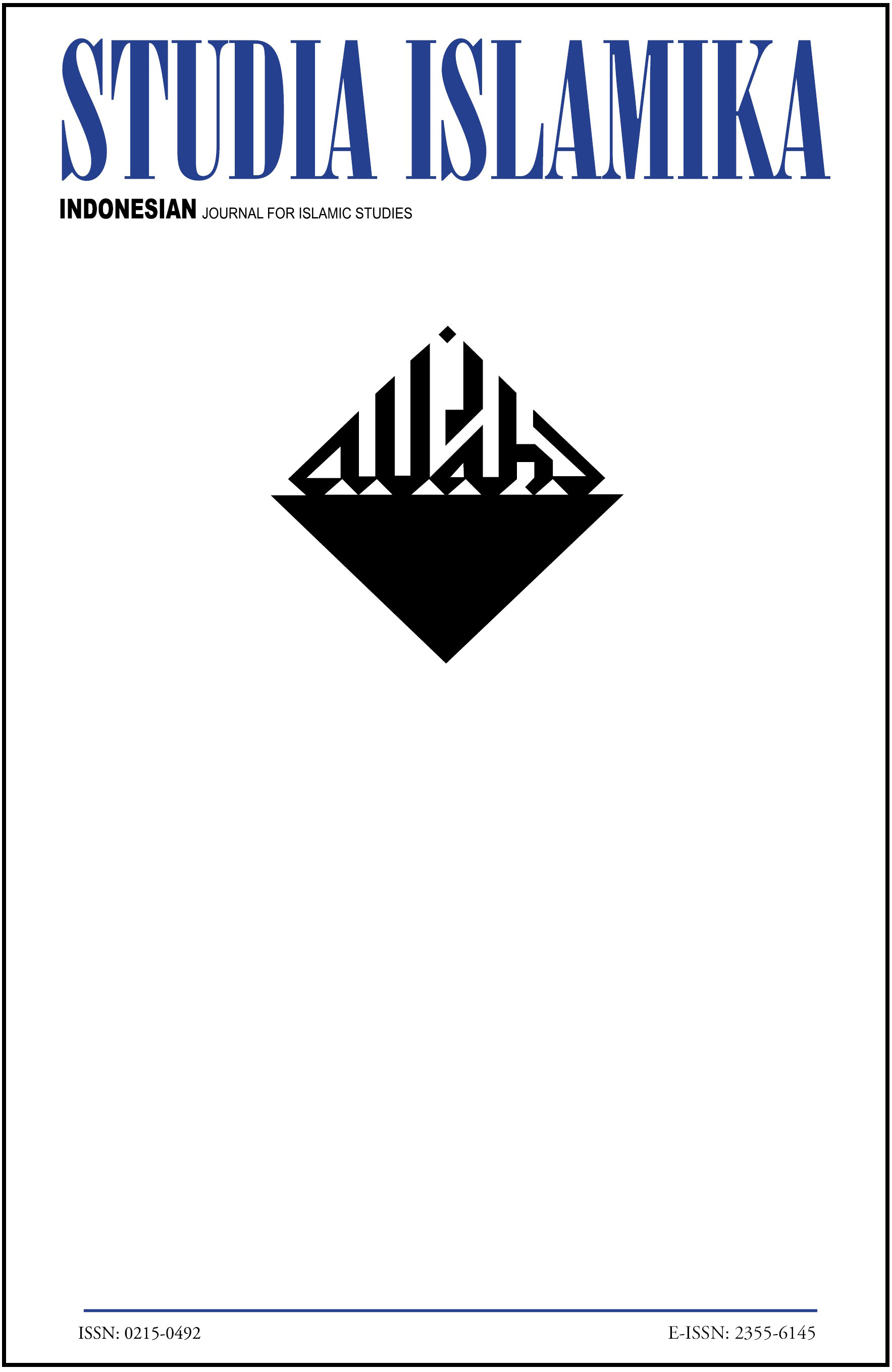Abstract
The importance of religious courts initially rose with the introduction of Marriage Law no. 1, 1974 which mainly aimed to prevent arbitrary divorces, which was viewed to be a common problem among Muslims at the time. The enactment of this law meant that divorces needed to be approved by the religious court, hence acting as a disincentive for men to divorce their wives at the drop of a hat. The impact of this law is evident: the rate of divorce for Indonesian Muslims declined from 16.7% in 1955 to 1.1% in 1990. The survey looked at a range of issues related to the use of the religious courts across the nation and access to these courts. Hence the survey touched on the background of users, equity, satisfaction, accessibility, knowledge of the religious courts and the services provided, and trust in public institutions.DOI: 10.15408/sdi.v14i2.554Authors who publish with this journal agree to the following terms:
- Authors retain copyright and grant the journal right of first publication with the work simultaneously licensed under a Creative Commons Attribution License that allows others to share the work with an acknowledgement of the work's authorship and initial publication in this journal.
- Authors are able to enter into separate, additional contractual arrangements for the non-exclusive distribution of the journal's published version of the work (e.g., post it to an institutional repository or publish it in a book), with an acknowledgement of its initial publication in this journal.
- Authors are permitted and encouraged to post their work online (e.g., in institutional repositories or on their website) prior to and during the submission process, as it can lead to productive exchanges, as well as earlier and greater citation of published work.
Downloads
Download data is not yet available.

